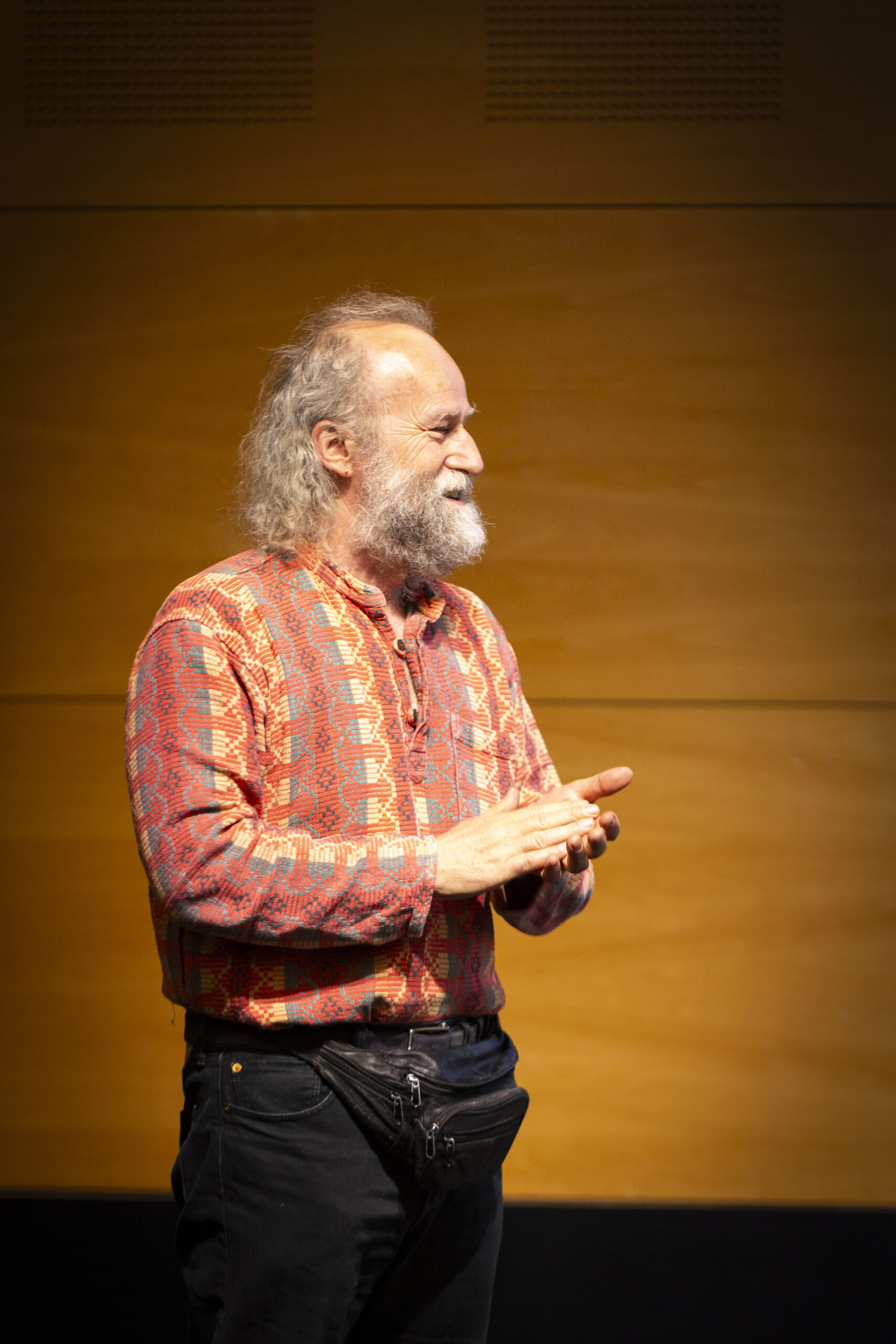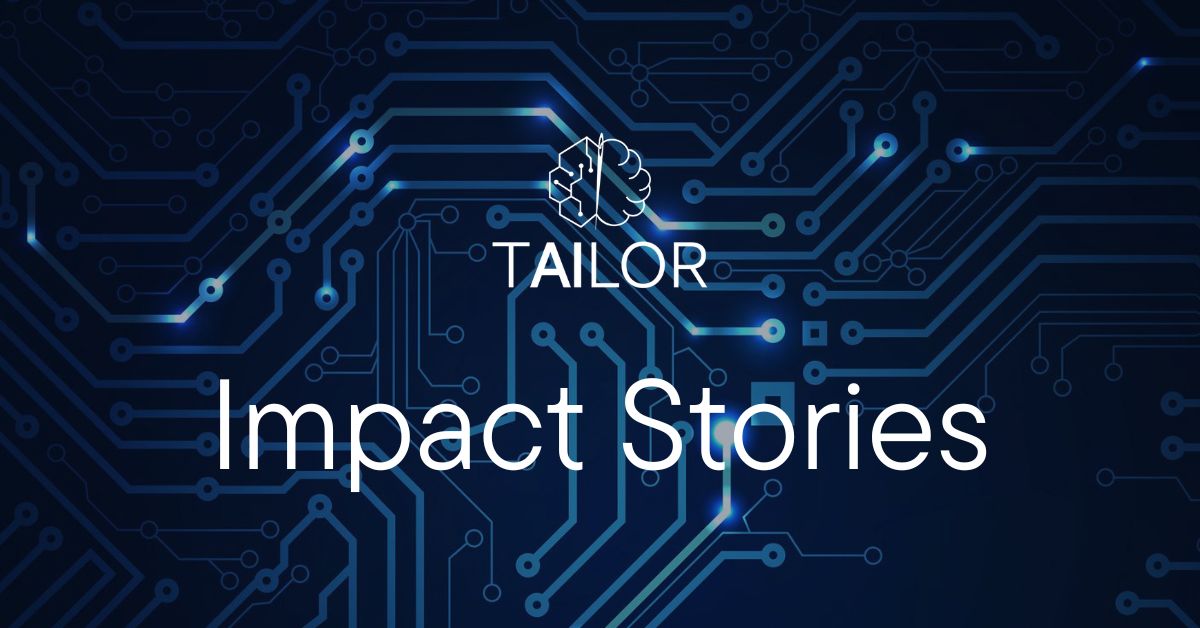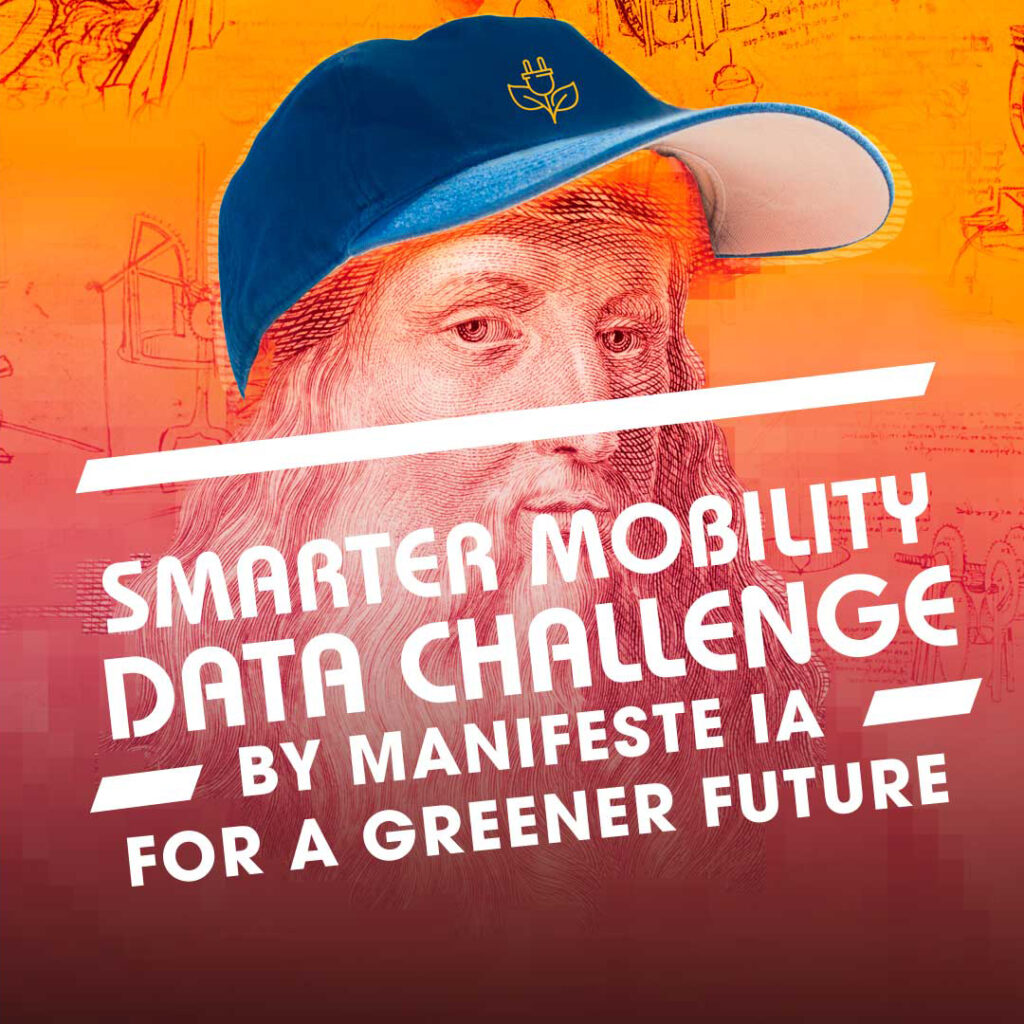Humans like to compete, not only in sports but also in computer science. This makes data competitions an excellent way of reaching very diverse goals and interest groups. The universal language of competitions allows to showcase what is possible and to create incentives for applicable and experimental research. It is also used to attract talent.
The competitions put forward by the TAILOR network cover various fields from charging station infrastructure to neuroscience, controlling the power grid, developing numerical twins or creating stable fusion reactors. An example of such a TAILOR challenge was the Smarter Mobility Data Challenge, developed in partnership with the industrial groups behind the Manifeste IA* together with INRIA Saclay scientists Marc Schoenauer and Sebastien Treguer.
– We believe that this most human on instincts can help further the development of AI. Since the dawn of time, we have been driven to compete. From the Olympic Games to the original space race and on to hot dog eating contests and now machine learning, we have always enjoyed competing and it has made us all better, says Marc Schoenauer.
The Smarter Mobility Data Challenge was open to all European students and had them develop machine learning models that could forecast the states of car charging stations around Paris, at several levels of geographical resolutions, based on historical data.
The competition sat at the intersection of public interest, industry and academia and was meant to showcase the possibilities of AI when it comes to making any complex system more efficient. The participants were asked not only to deliver access to their code but also explain their approach and explainability of the final model was taken into account by the jury. The best teams received job propositions by some of the industrial partners of the “Manifeste IA” .
CONTEST PLATFORM
Kaggle and CodaLab are machine learning competition platforms and communities. While Google-owned Kaggle is the most famous, CodaLab is a much-appreciated open-source alternative. University Paris-Saclay and the joint LISN/Inria team TAU are community lead of Codalab platform. Most TAILOR competitions are hosted on CodaLab. According to the independent organisation MLcontest, CodaLab was the leading contest platform in 2023.
https://mlcontests.com/state-of-competitive-machine-learning-2023/#platforms

Competions allow us to crash test, optimise, and mitigate any threats by finding any biases, weaknesses, hallucinations, or inconsistencies that may arise. Being able to do that before we apply these algorithms on actual services or critical applications adds a level of scrutiny and security, explains Marc, noting the value of competitions beyond the added recognition and excitement.
AI competitions are used by participants to learn more applied knowledge by practice, gain experience, develop their skills and sharpen their tooling, build a team for future projects, and in some cases make a name for oneself within the machine learning and AI space. Industry uses them as equal parts to evaluate the benefits they can derive from AI applied to their real-world problem, develop proofs of concept, new talents into the field. Scientists use competitions to federate participants from various backgrounds to collaboratively explore new ways to advance science and solve various problems whether on fundamental research subjects or more applied topics and share new common building blocks, such as scientific papers and open-source code.
The possibilities of AI are truly endless, as all things are part of complex systems and if we have the capability to find new patterns that make these systems more efficient, we can better utilise our common resources.
– I can see this technology having a profound impact on society, and as long as we can make sure that the system is trustworthy and that it is aligned with our common goals, I think it will add enormous value. Getting there and finding the best algorithms will take some trial and error though, and I think competitions are the perfect place to do so, concludes Marc.
About the Researchers:
Marc Schoenauer
Principal Senior Researcher (DR0) with INRIA Saclay – Île-de-France
https://www.lri.fr/~marc/
Sebastien Treguer
Research & Development in Machine Learning/Deep Learning/AI
at INRIA – LISN – TAU Team
https://www.linkedin.com/in/sebastien-treguer-8121625/?originalSubdomain=fr

